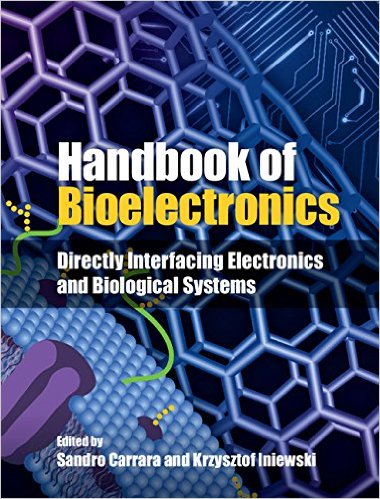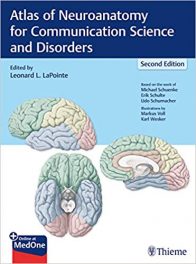Editors: Sandro Carrara and Krzysztof Iniewski
Publisher: Cambridge University Press – 577 pages
Book Review by: Venkat Subramaniam
The relationship between biology and electronics has been unmistakably growing, especially in recent years. Numerous devices used in clinics and hospitals monitor our physiological signs. There are also currently on the market, and used by millions of people already, many new personal wearable items that can give us up-to-the-second information on many aspects of our health and well-being. These are not just the commonly-known activity, fitness, and sports trackers.
These are of value for all ages, and particularly for the very young, the aged and infirm people. These include devices for: body motion, cardiovascular function, fall detection, fetal monitoring, glucose measurement, infant watch, insulin injection, neurological monitoring, pregnancy progression, pain management, respiratory function, and sleep monitoring devices. In 2014, according to research firm Kalorama Information, the global medical device market reached $360 billion, and was expected to grow an estimated 27 percent until 2019.
Biomedical engineering, which is closing the gap between engineering and medicine, and neurophysics, an interdisciplinary area that is doing so likewise between neurology and physics, are relatively newer but very promising specialties that some medical students are entering into. In engineering, students are exploring fields such as bioelectrochemical engineering, and chemistry majors are choosing bioelectrochemistry.
In 2012, there were 19,400 biomedical engineers employed in the United States. Within biomechanical engineering are subfields such as bioinformatics, biomaterials, biomechanics, and biomedical optics, all of which are growing and hold much promise for better health for millions of people.
We know of numerous biomedical engineering achievements over the last hundred years or so that have given us devices such as the x-ray machine invented in 1895, and later, others: the cardiac catheter, electrocardiogram (ECG), electroencephalogram (EEG), electron microscope, heart-lung machine, computed tomography (CT) machine, magnetic resonance imaging (MRI) machine, positron emission tomography (PET) machine, and the first endovascular coronary stent (Kalam-Raju stent). Other devices that come immediately to mind are the very valuable defibrillators.
In recent years, we have seen invention and introduction of other bioelectronic devices, such as artificial feet, artificial hips, artificial limbs, prosthetic eyes, and many others.
What is bioelectronics? Although this word was first proposed in 1968, the birth of this field is more recent, according to one of the editors of this book, Sandro Carrara. He points out that the first meaning of this word was the “intermolecular transfer found in biological systems,” but that its current meaning is quite different, as he discusses it in the first chapter of this book entitled What Is Bioelectronics?
One hundred and seven innovators and pioneers, including the two editors, from all over the world, teaching at many universities and working in different fields, contributed content to this unique book on the exciting, new, rapidly-growing field of bioelectronics, which has helped improve management of health, and holds much more promise. The book has 44 chapters organized around seven Parts, which are the following, to give you an overview:
- Part I – Electronic Components
- Part II – Biosensors
- Part III – Fuel Cells
- Part IV – Biomimetic Systems
- Part V – Bionics
- Part VI – Brain Interfaces
- Part VII – Lab-on-a-chip
- Part VIII – Future Prospects
The Elsevier journal Biosensors and Bioelectronics has been at the forefront of this field since 1990. In a 2005 article, its founder and editor-in-chief Tony Turner used the key word ‘synergy’ in his definition. He wrote: “bioelectronics is a recently coined term for a field of research that works to establish a synergy between electronics and biology.”
Other words relating to a linkage between biological systems and electronics have been used to define, expand upon, and better understand the field of bioelectronics. Some of these words are: association, combination, conjunction, connection, cooperation, coupling, interaction, interface, and integration.
This work provides real-world applications and even step-by-step design details. An introduction to this book states:
“Through expert guidance, you will learn how to design complex circuits whilst cutting design time and cost, and avoiding mistakes, misunderstandings, and pitfalls. An exhaustive set of recently-developed devices is also covered, providing the implementation details and inspiration for innovative new solutions and devices. This all-inclusive reference is ideal for researchers in electronics, bio/nanotechnology, and applied physics, as well as circuit and system-level designers in industry.”
Editors:
Sandro Carrara and Krzysztof Iniewski







